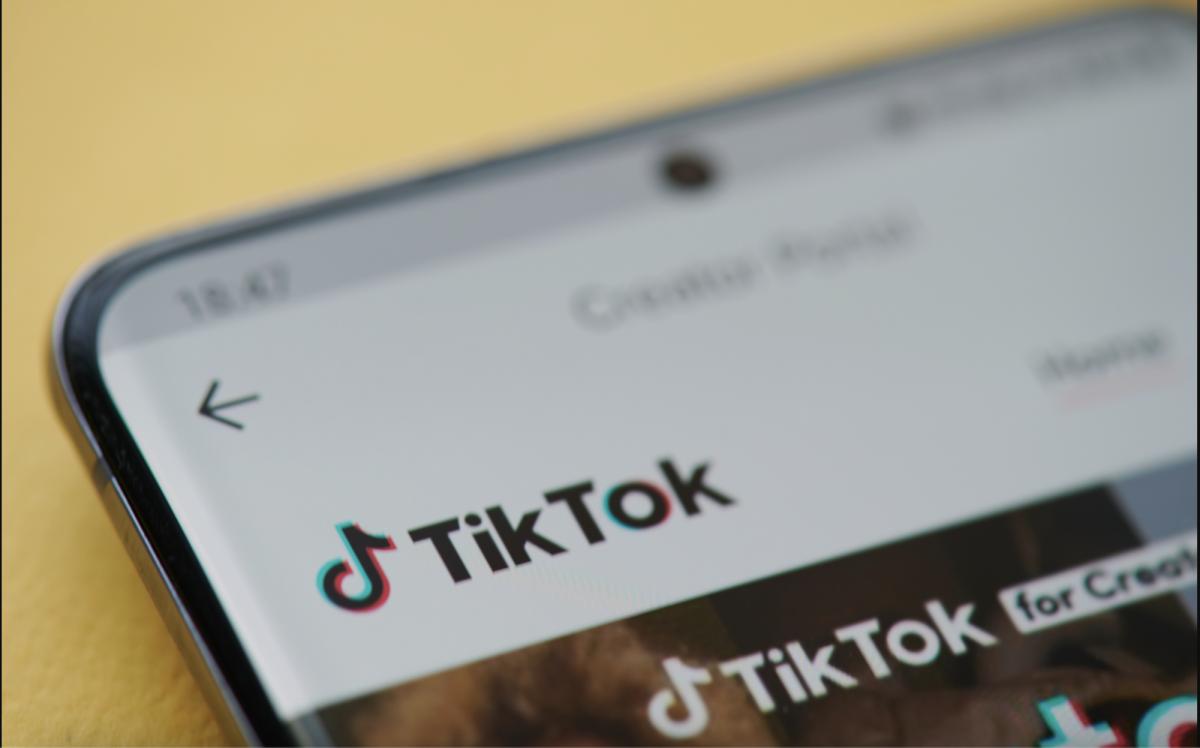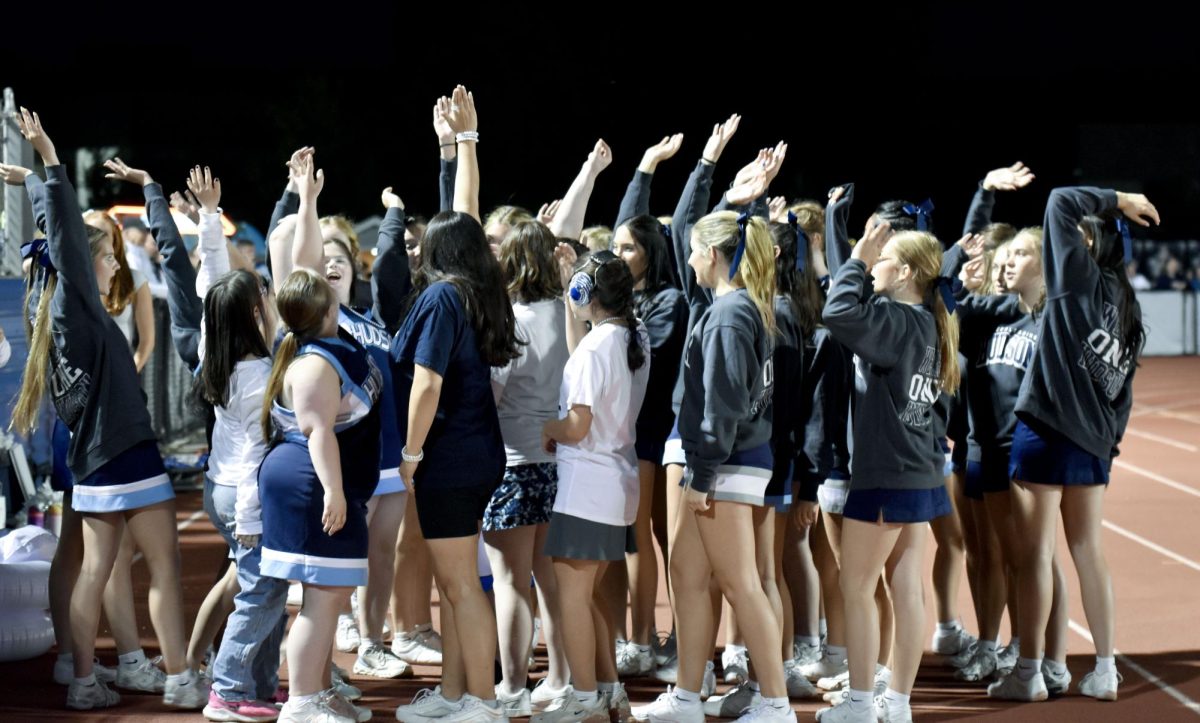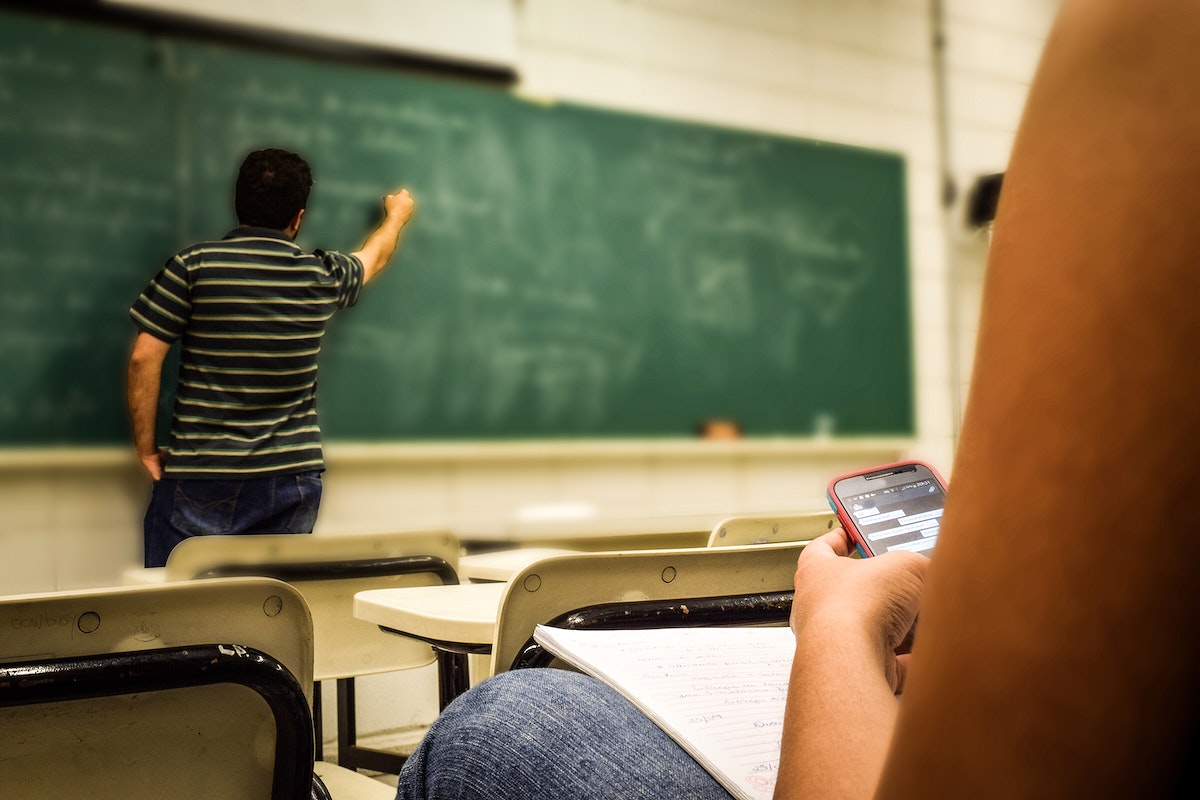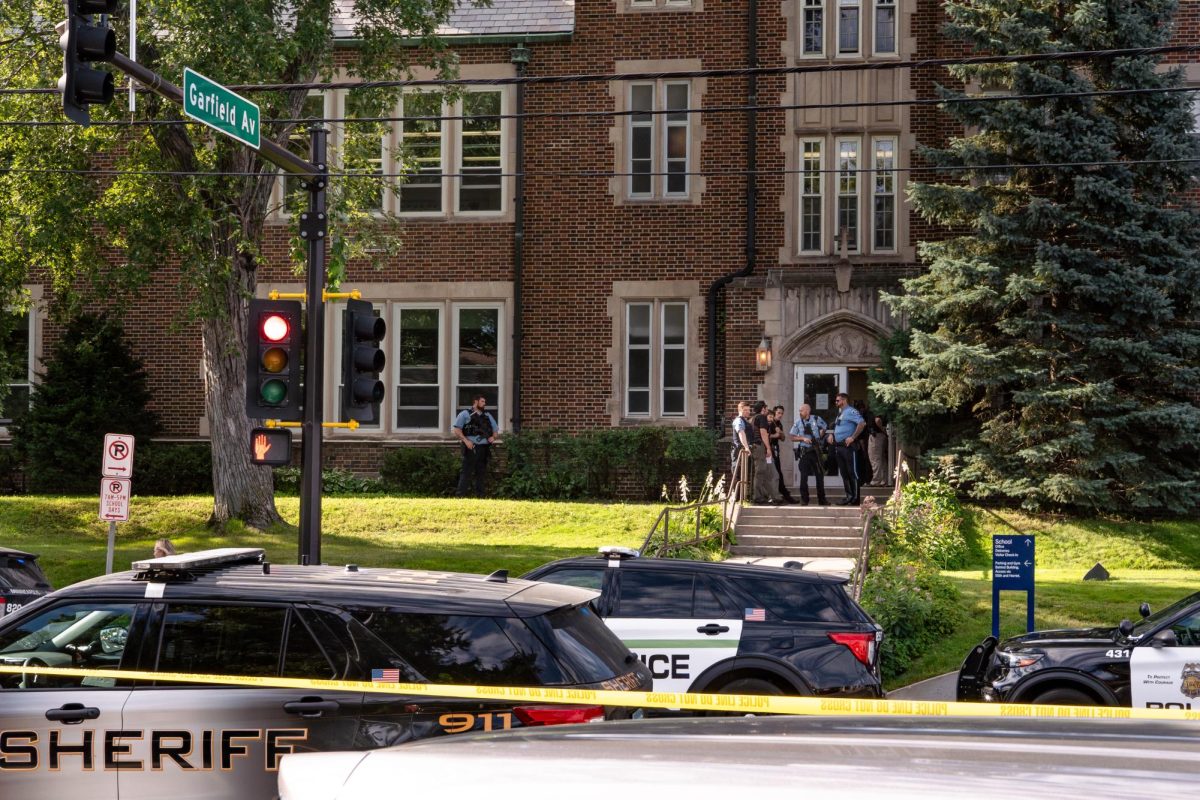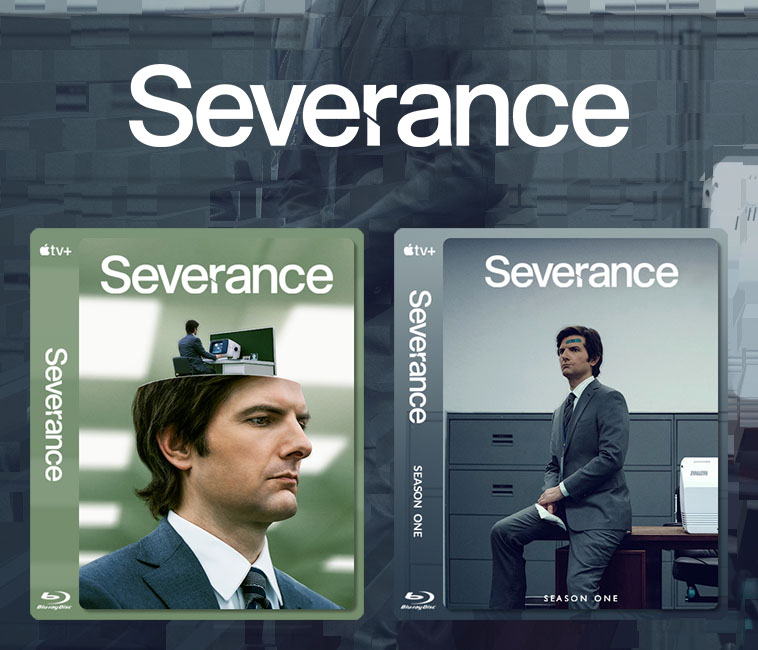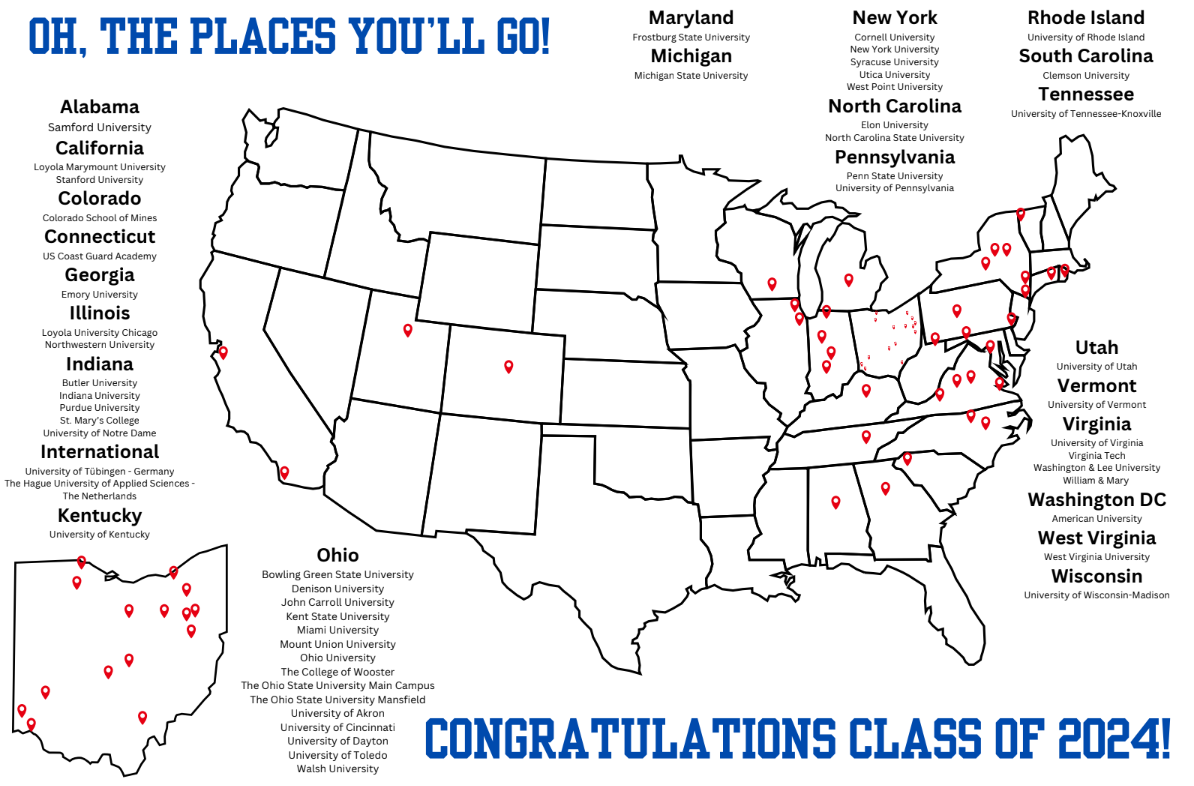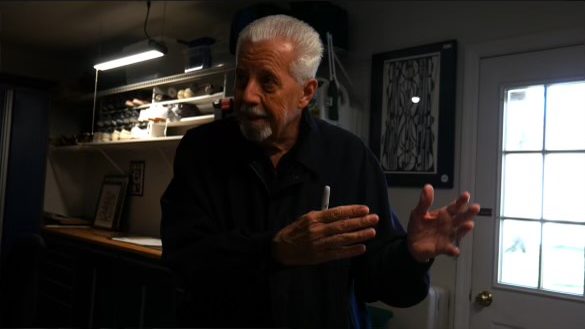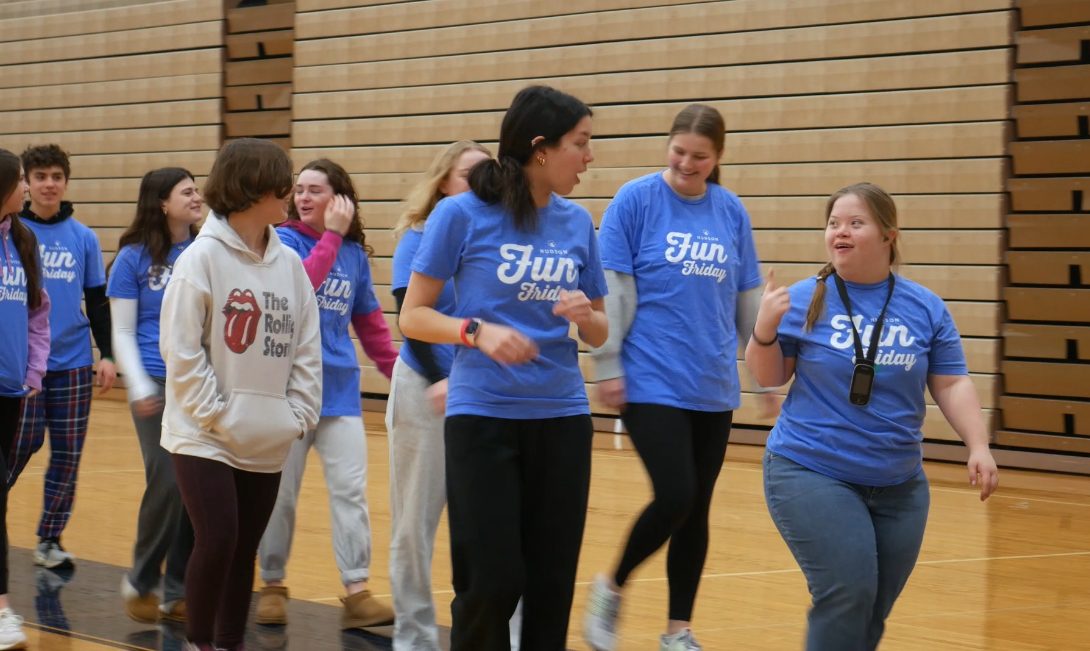In the confines of the church on August 25, a safe place for many at Annunciation Catholic School, bullets were fired through the window killing two children and injuring 16 others.
In a tweet sent through the aftermath of the murders, Minneapolis mayor Jacob Fray puts what millions of blinded people need to hear into words: “Don’t just say we need thoughts and prayers. These kids were literally in church praying.”
Regardless of religion, praying does not bring people back to life. Nothing can. It is what we do in the future that will prevent more people from dying at the point of a gun.
On September 10, just 16 days after shots were fired at Annunciation Catholic School, two students were shot at Evergreen High School with the suspected shooter commiting suicide after. The news was overshadowed by the shooting and death of conservative political activist Charlie Kirk.
In 2025 so far there have been approximately 100 reported incidents of gun violence in which a firearm was shot on a school campus. As a student and a human being, this is deeply unsettling, and if that news doesn’t inspire feelings of anger or sadness then you might realign your priorities. In light of ongoing events that concern gun violence, I have thought about why shootings haven’t stopped. Why, after years of mass violence, has there been no reform? After all, gun violence waits for no one. Here’s what I found.
Gun Violence represents an industry.
Companies claim that they are looking for ways to increase safety in schools to limit the ability for an active shooter to leave their mark. Most of the time they are doing exactly that, but therein lies the problem–the focus is on precautions rather than solutions. Millions of dollars a year are poured into businesses that create door barricades, pepper spray and metal detectors.
The National Public Radio (NPR) explains that in the wake of the Minneapolis shooting, the industry has taken off. “According to the market research firm Omdia, the school security industry is now worth as much as $4 billion, and it’s projected to keep growing.”
How is this the focal point of concern? Money being made from fear. A certain type of blood money. This issue is not about income and never will be. It is about true reform. Industries are only mediating the problem, not solving it. So for every dollar spent on a useless can of pepper spray that won’t even reach the attacker before they shoot you, a life is being lost. Even at our own school we are seeing these false defences. HHS teachers are given pepper spray to keep as a means to protect their students and themselves from potential threats.
People have become desensitized to death.
In an age of mass media, death is projected all over the internet. News can be accessed at a moment’s notice and media can surface easily with no censorship. I know from experience that a scroll on Instagram Reels can result in the unsettling feeling that you may have just watched a car accident that resulted in death. The thing is, after I watch that Reel and ruminate on it for a minute, I scroll to the next and forget the video completely. Nobody who is active on social media and reads the news is avoiding this mass desensitization. More recently, millions of people were able to watch as Charlie Kirk got shot in the neck at his rally, and more watched the severed head of a man roll across a parking lot in Dallas, TX. Just 30 years ago, some people couldn’t stand to watch The Exorcism for fear of its gore. This change is a type of coping mechanism developed naturally to handle prolonged periods of emotional discomfort.
As general society evolves to withstand more and more death, news of it holds less and less importance therefore creating a gap in empathy for victims and less of an urgency to make a change.
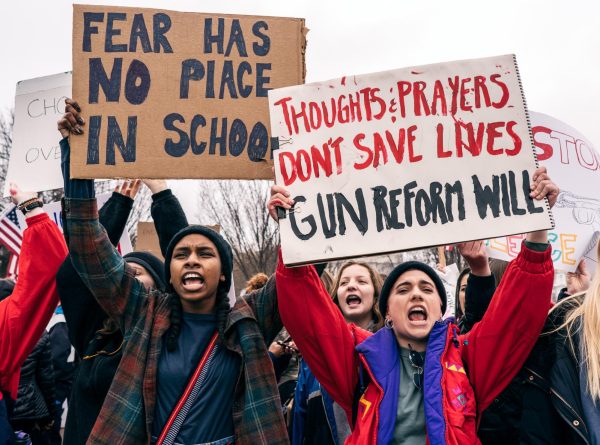
People are holding onto the past.
In 1791, the United States collectively agreed to ratify the Bill of Rights, solidifying the first ten amendments. The second amendment, after the freedom of speech, is the right to bear arms. “A well regulated Militia, being necessary to the security of a free State, the right of the people to keep and bear Arms, shall not be infringed,” it reads. This amendment has governed our society for over two hundred years and has remained relatively unchanged (however there are more restrictions on firearm models purchasable, age restrictions and background checks).
Obviously, our society has changed since the late 1700s, and technology has advanced heavily. Nowadays, the second amendment has a direct correlation to the onslaught of gun violence facing the United States. While policy makers sit around and debate whether or not there should be stricter restrictions on gun ownership, people face death by guns daily.
In a nationwide poll of young adults 18-29 years of age, the Harvard Kennedy School found that 64% of likely voters believe that gun control laws in the US need to be stricter. So why hasn’t this majority begun to make a difference yet?
Most people blame it on a disconnect between what it truly means to own a gun. While millions of gun-owning Americans support stricter regulations, they believe that other opponents to gun ownership alienate them as the problem. They are worried that they may stand out as antagonists if they step up to support new laws.
To combat this separation, people need to realize that there is a silent majority in moderate views. Especially in the twenty-first century, extremist views are the most easily broadcast due to their attention grabbing headlines. This advertising can’t be taken as fact and citizens must stand up in the middle and advocate for regulation even when it means disagreeing with extremities. Citizens can still retain their right to bear arms while giving in to restrictions that would keep everyone safe. All we need to do is let go of the past with a healthier support of the second amendment.
Schools are suffering a mental health and bullying epidemic.
Since the early 2000s, medical professionals have taken note of the worsening mental health of US citizens. After the onset of COVID-19, the mental health crisis skyrocketed. The National Alliance on Mental Illness reported that 22.8% of adults experienced some form of mental illness in 2021, while in 2023, 20.3% of adolescents aged 12-17 had a diagnosed mental or behavioral condition. These statistics represent those medically diagnosed and neglected people who have internalized depressive feelings and not sought help for them.
The key issue in the correlation of school shootings and mental health is bullying. School shooters are often current or former students who feel in some way that people in the school have wronged them. What should we do to counteract this statistic?
The answer is simple. Hold a level of respect and kindness for everyone regardless of their beliefs, appearance, welfare and actions. It’s absurd that I should have to write about kindness, but invoke the golden rule. We all know it: “Treat others the way you want to be treated”. In a world where people aren’t so divided and focused on their own ideas, violence would not prevail and govern them.
These days we see so much of the bad in the world thanks to the media. While it’s important to stay educated on topics of gun violence, we should also understand that there is still hope for the future of gun restrictions and the safety of our nation. With the help of ordinary citizens like the students of HHS, major impacts can be made around the world. Keep your voice heard and your mind open. Gun violence has no limit to who it affects, and its reach cannot continue to spread further in all spaces, especially in the schools of the next generation.



